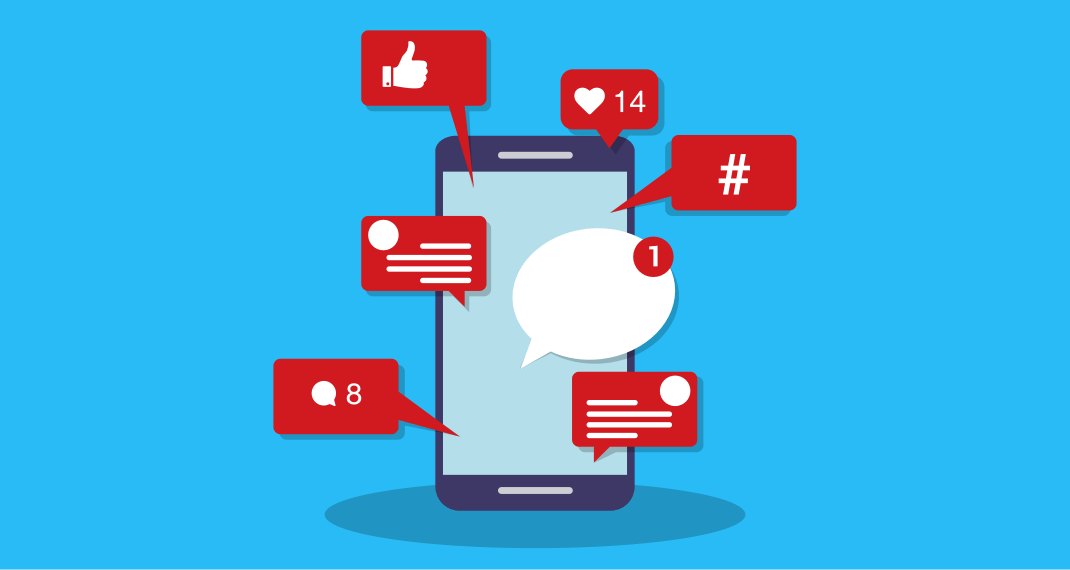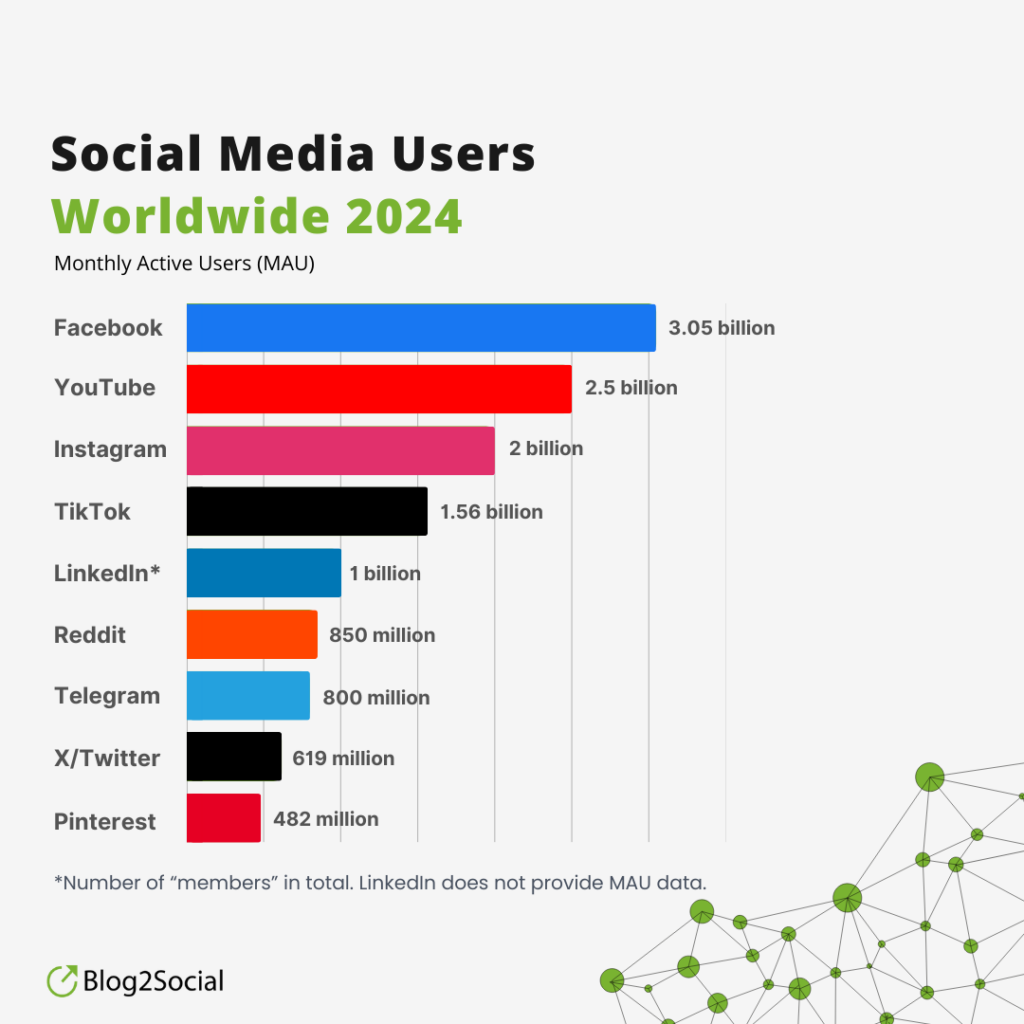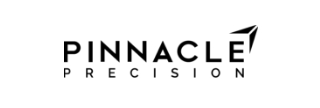let's talk social media
Engage. Inform. Entertain. Convert.
“Plastics. There’s a great future in plastics. Enough said.”
That’s the legendary advice Ben Braddock gets during this 24-second scene in the phenomenal film The Graduate.
Flip social media for plastics to get just about the perfect analog for this generation. Still, it’s a recent college graduate putting their arm around an older person and explaining: “Social media. You need social media. Enough said.”
Memo to you folks who haven’t seen that film — do it. It’s one of the best.
the things we do
Social media isn’t just about posting; it’s about connecting with purpose. We craft social media strategies that engage, inform, entertain, and ultimately convert. We study the behavior behind the scroll, listen to what your audience cares about, and tailor every post accordingly.
Platform Strategy
Every platform plays by different rules, and your brand needs to respect them. We build tailored digital marketing strategies that align with how people actually engage on specific social channels. It’s not about being everywhere – it’s about being effective where it counts.
Influencer Campaigns
Influencer marketing only works when it’s authentic. We don’t chase followers, we build relationships. By blending smart social media advertising with credible voices, we help your brand earn attention rather than demand it.
Community Management
Real engagement comes from real conversations. Our social media management services are grounded in a thoughtful social media strategy, not relying on bots or canned responses. We listen, respond, and create spaces where your audience feels heard.
Organic
Organic social media marketing isn’t dead, it’s just misunderstood. We utilize insights and creativity to authentically grow your brand, providing social media management services that prioritize value over vanity metrics.
Design
On social, you have seconds to earn a scroll stop. Our team combines sharp visual thinking with the agility of a top-tier social media agency, delivering eye-catching work that seamlessly supports your digital marketing goals.
b2b campaigns
B2B doesn’t mean boring-to-boring. We bring your value proposition to life with digital marketing services designed to educate, engage, and drive action, built by a social media agency that understands both the sales cycle and the swipe.
Paid Social
Paid social should never feel like an afterthought. We combine strategic content creation, social media services, and search engine marketing to build campaigns that meet people where they are — and move them where you want them to go.
Messaging
People scroll quickly, so your message needs to land and land quickly! We help you craft messaging that’s clear, compelling, and perfectly aligned with your target audience. It’s not just about what you say – it’s when, where, and how you say it.
Follower Campaigns
Quality beats quantity — unless you can have both. Our paid social advertising approach to social media marketing services helps you grow your audience intentionally, attracting followers who genuinely want to hear from you.
why is social media important?
The folks at Sprout Social report that 55% of consumers learn about new brands on Facebook, Instagram, X (Twitter), Snapchat, and whatever new platform is out there since we updated this in June. Let’s do the math. That’s more than half.
Plus, social media connects you and your customers directly and at their convenience. That’s something that advertising, PR, or email marketing can’t promise. Sprout Social reports that a whopping 68% of consumers say that’s important to them.
So, that’s why.

but it's essential to be smart
Look, we’re not teenagers rushing out to show off our latest kicks. (Do the kids still call them that?) We’re leveraging the power of social media to introduce ourselves, build trust, and eventually close a deal.
Whether you’re reaching out to consumers or businesses, social media demands a strategic approach. It’s vital to remember that here, the key is engagement and not volume. Nothing drives “unfollows” faster than useless information pumped out repeatedly.
What makes social media a different type of marketing or communication tool is that we have to pay particular attention to the audience and the information they are consuming. Then you need to figure out when they’ll be there (and that takes a lot of studying).
So, pause. Study, learn, refine, publish. Rinse and repeat a lot.

we should talk goals.
More specifically, let’s talk about what social media activity will impact your business’s bottom line. After all, outside of the Kardashians, commerce is not a popularity contest.
Having more fans and followers is great, especially since more people will likely see your posts. But, the KPIs we’re looking at are engagement rate, reach, impressions, website traffic, and generated leads.
#teamsport
A company’s social media must match the company’s marketing, communications, and advertising. Integrating all these elements brings unity and power to the message being communicated.
Equally important is ensuring that every social media post is authentic to the company’s promise, mission, and values. To that end, agencies and clients must be connected throughout the process so that messaging and designs match anything else being produced
- Many clients utilize multiple agencies to manage marketing, advertising, PR, social media, SEO/SEM, etc. (We can talk about why that’s often a recipe for NOT success down the road.) If these efforts are not aligned, then you’re wasting your budget.
- CMOs or owners have an insider point of view regarding future growth or capital expenditure plans. Regular contact with your agency will help communicate those plans and successes.
- All communications must mirror the tone and voice of the company to maintain corporate authenticity (yeah, we know that might not be a thing for some companies).
so, what platform is best for what?
Gone are the days when one-size-fits-all content creation was good enough. Each network demands unique messages at different times and relies on individual fan/follower engagement types. And it’s different if you’re a B2C or B2B company.
Let’s talk about how you’d use each network:

The granddaddy of ‘em all (sorry, Friendster and MySpace) and perhaps the best known. B2C companies should use Facebook to introduce new products and services, show off customer experiences, and build a story around the company. Facebook is equally important in B2B instances because it adds a human face to a corporation, gives visitors an eye into your culture, and offers access to current and potential customers.
The beautiful platform, great for both B2C and B2B businesses. Show off products, people, lifestyles, inspirations, and experiences. Ensure that any image you post to Instagram looks excellent on its own, as that captures the attention of scrollers worldwide.
A MUST for those in the B2B world, but equally important for B2C companies. Use LinkedIn to communicate with employees, shareholders, and investors and tell the business side of your story. Publish case studies or your company’s perspective on industry news. LinkedIn is the one channel where content (including video) overpowers pretty pictures.
X/Twitter
Once known as merely a micro-blogging website, has become a place where B2B companies can dive into industry-wide conversations, deliver perspectives on current news, share case studies, and convey a clear point of view. Often, Twitter is where disgruntled customers come to vent about B2C companies. Rather than avoiding those conversations, our position is to engage and solve a person’s problem with your product or service. You’ll build loyalty and credibility while learning more about your customers and how your products are used.
YouTube
Yeah, it’s not all cat videos and DIY hucksters. YouTube is quickly becoming one of the most important social media channels for B2C and B2B businesses. Tap into the power of video to show off expertise, produce usages, how-tos, tell customer stories, and so much more. Interestingly, people seemingly retain more information when it is conveyed via video than almost anything else.
Others could be useful.
TikTok is wildly popular and a great place to show personality and work culture, not to mention real-life product demos. Pinterest is great for a specific demographic and product mix. Some clients use Pinterest for B2B communications, but we don’t see its usefulness there. Then there’s the AMA granddaddy of ‘em all — Reddit.
As always, the strategy must decide what social media platforms to use.
3…2…1…Let’s Go!
Designing pretty posts and writing quirky content is a tiny part of what an agency like ours does.
Planning is essential to successful social media campaigns. We’ve built a Google Sheet that helps us plan and calendar organic social media campaigns. Take the time to do this so that you know when things will run (and when they need to be done), and then track what works and doesn’t.
Posting can be done in a number of ways — either within the platform or using a scheduling tool. We’re a Buffer shop and recommend it for its ease of use, scheduling recommendations, and analytics.
Engaging … let’s remember it’s called social media for a reason. Being an active member of a social media platform shows that you’re invested and interested in adding to the conversation. Tell your story, offer your expertise, and stick around for the conversation.
the basics
As a leading social media marketing agency, we’ve learnt a thing or two about socials and the best way to get bang for your buck.
Here’s our top tips for getting maximum return on your social media efforts:
Our full-service agency is honored to have helped these companies
We’ve managed organic and paid social media campaigns for industry-leading outfits across dozens of industries, from consumer electronics to retail, manufacturing to entertainment.






our thoughts on Social Media
Social Media FAQS
social media marketing needs: Do I really need to be on every social platform?
Nope. Being on every platform just spreads you thin. A social media management agency will help you zero in on the right channels based on your social media marketing needs, not on what’s trending this week.
Content creation: How often should my business post on social media?
More isn’t always better. The key is to create content consistently that actually resonates. A social media advertising agency or digital marketing expert can help you find that sweet spot between relevance and burnout.
What’s the difference between organic and paid social?
Organic builds trust; paid builds reach. The best results come from a balance and a smart social media advertising services plan that amplifies high-performing content through social media ads without losing authenticity.
Can social media actually help with business growth?
Absolutely — but only with a strategy behind it. When done right, social media can drive business growth, support brand development, and open doors to new audiences. That’s where the best social media agency earns its keep.
How do I know if my social media is working?
Forget vanity metrics — focus on impact. A great social media management agency will help you track real outcomes, such as engagement, conversions, and how your social media accounts contribute to broader business goals.
How important is influencer marketing?
Influencer marketing can be a game-changer — if it’s authentic, well-targeted, and aligned with your brand voice. It’s not about chasing celebrity clout, but building trust with the right communities. At Farinella, we treat influencers like part of your digital marketing mix, using them to amplify messaging in a way that feels real and drives results.
How do I find the best social media agency?
Start by looking for more than just flashy content. The best social media agency should feel like an extension of your marketing team — deeply strategic, wildly creative, and obsessed with your goals. That’s exactly how Farinella shows up: an award-winning agency that blends thoughtful storytelling with smart digital execution.
How does social media work with PPC and paid media?
Social media and PPC management services go hand-in-hand when you’re looking to scale results fast. Platforms like Meta and LinkedIn offer powerful paid media opportunities to target specific audiences with precision, whether you’re boosting posts, driving leads, or retargeting high-intent users. At Farinella, we build integrated campaigns that treat social as more than just content—it’s a performance channel with serious ROI potential.
